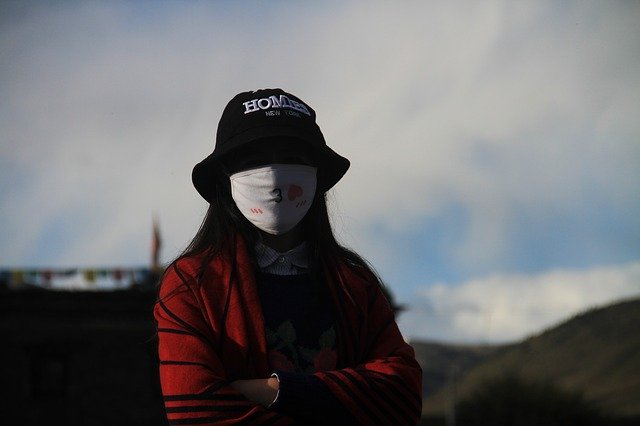
There has been a lot of debate about the thorny issue of automated facial recognition in public spaces (see Internet Newsletter for Lawyers, October 2019). Much of the criticism has been levelled at the spectre of surveillance creep and the danger of creating a Big Brother state (which has arguably already happened in China with their social credit system).
The Coronavirus pandemic has led to governments around the world taking draconian measures which have – just as with facial recognition – led to concerns being raised over state surveillance. One of the measures being imposed by certain countries as part of the fight against Covid-19 is the compulsory wearing of face masks in certain public spaces (despite much division amongst scientists as to its effectiveness). Perhaps somewhat ironically, the arguably authoritarian decree to wear face masks has the unintended consequence of reducing state surveillance – at least as far as automated facial recognition is concerned.
There is nothing new or revelatory about the potential for face masks to be used as a method of circumventing facial recognition systems. The technology is notoriously error prone, with reported failure rates as high as 90%. Even at close quarters, facial recognition tech used to unlock phones and laptops can become confused by lighting or a five o’clock shadow! So does a ‘new normal’ which includes face coverings being routinely worn in public sound a death knell for the burgeoning automated facial recognition industry?
Many facial-recognition vendors claim that their technology can still identify people wearing face masks. Artem Kuharenko, founder of NtechLab, says that his company’s software can “identify a person wearing a balaclava, or a medical mask and a hat covering the forehead”. Meanwhile, a hack has reportedly been identified which allows iPhone users to continue using Face ID whilst wearing a mask, and Apple itself is working on a ‘fix’ to the issue.
So, it seems that facial recognition technology is here to stay – but it too will have to learn to adapt to the new normal.